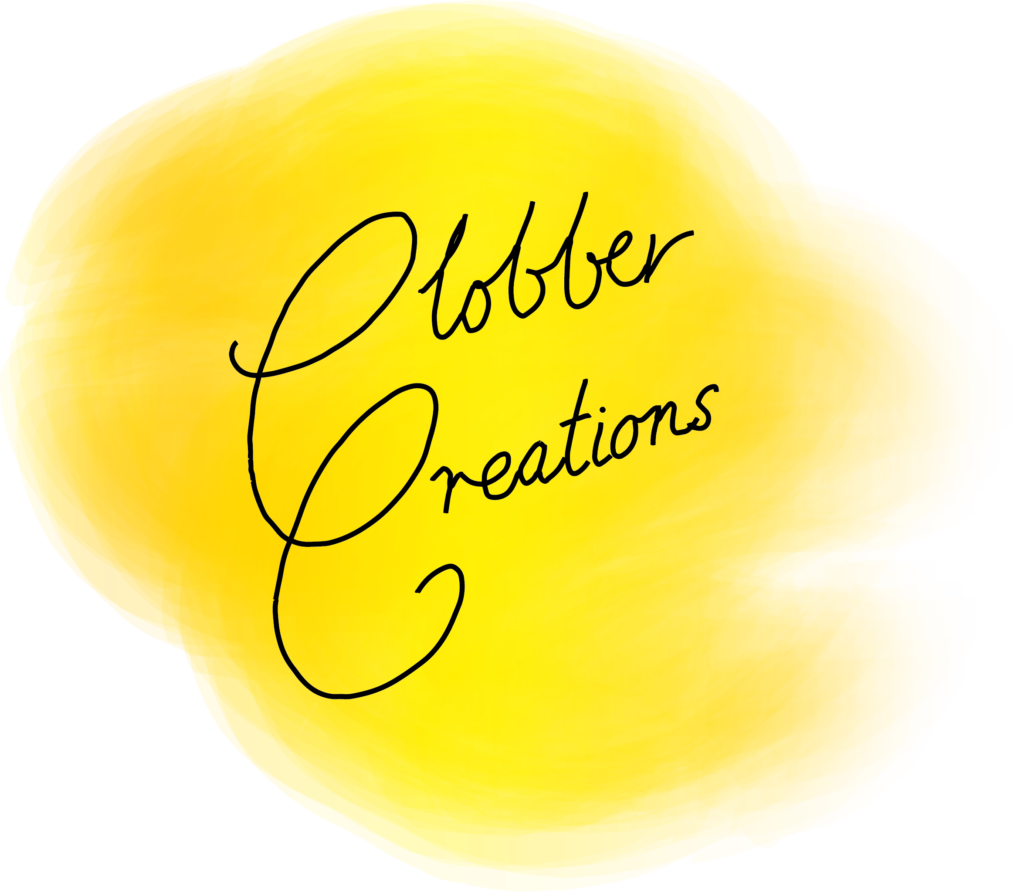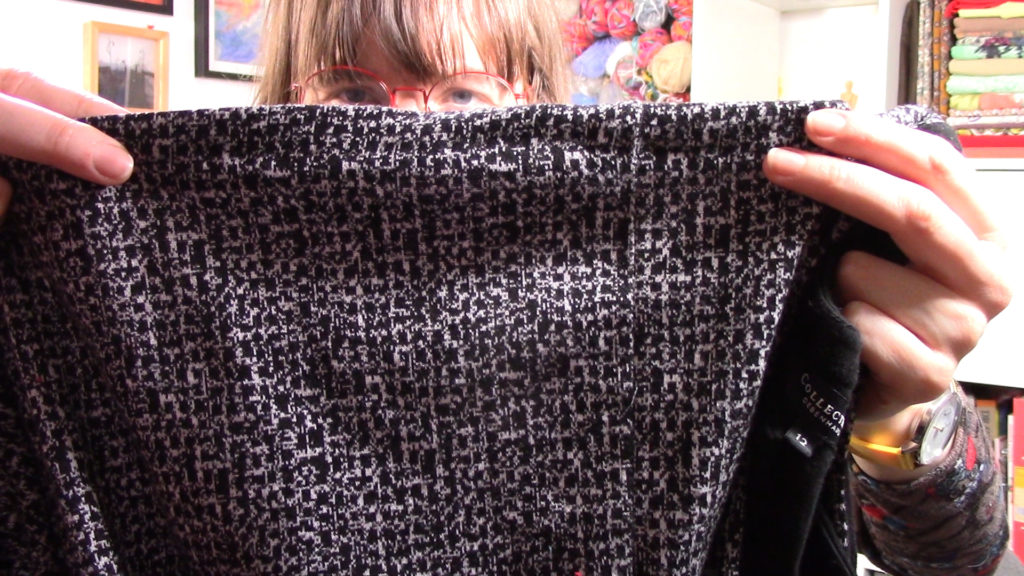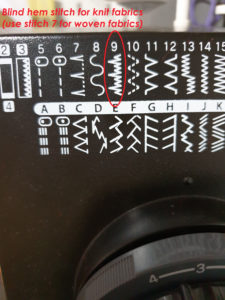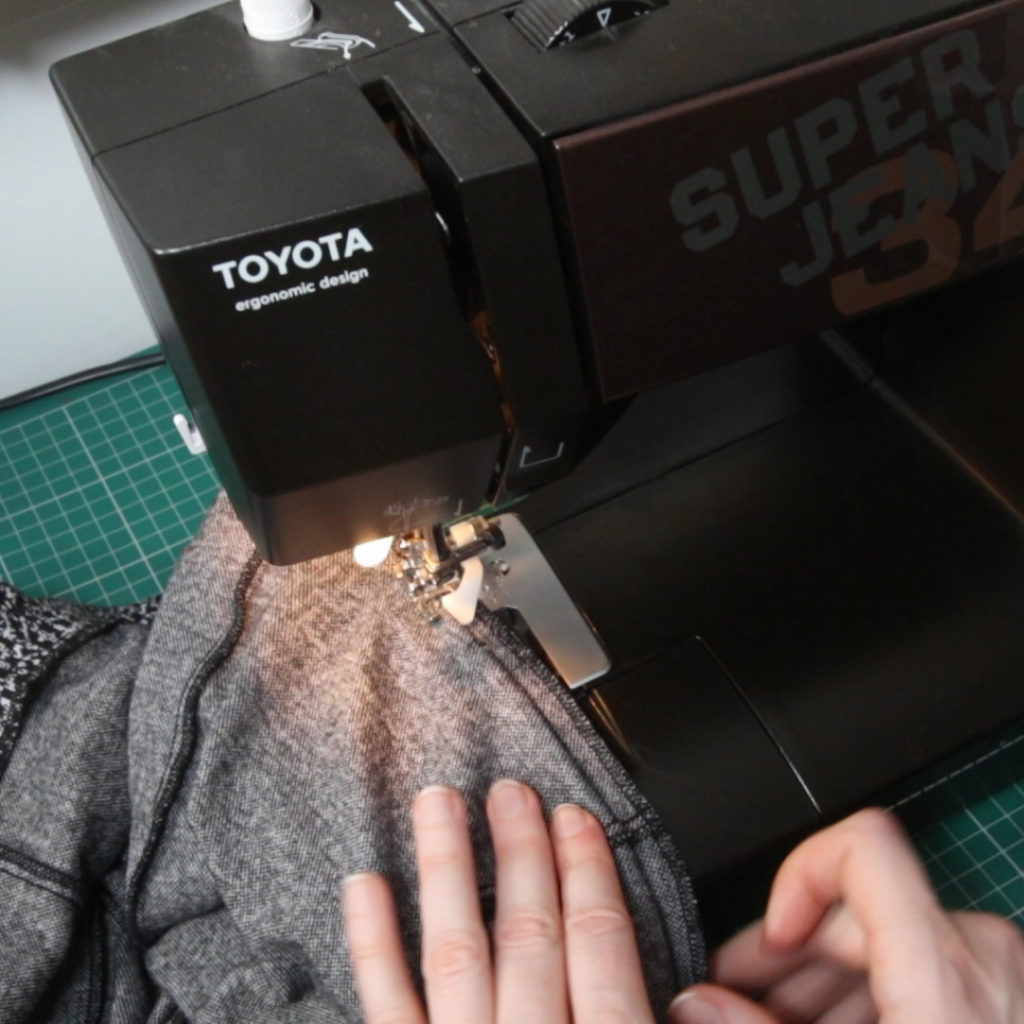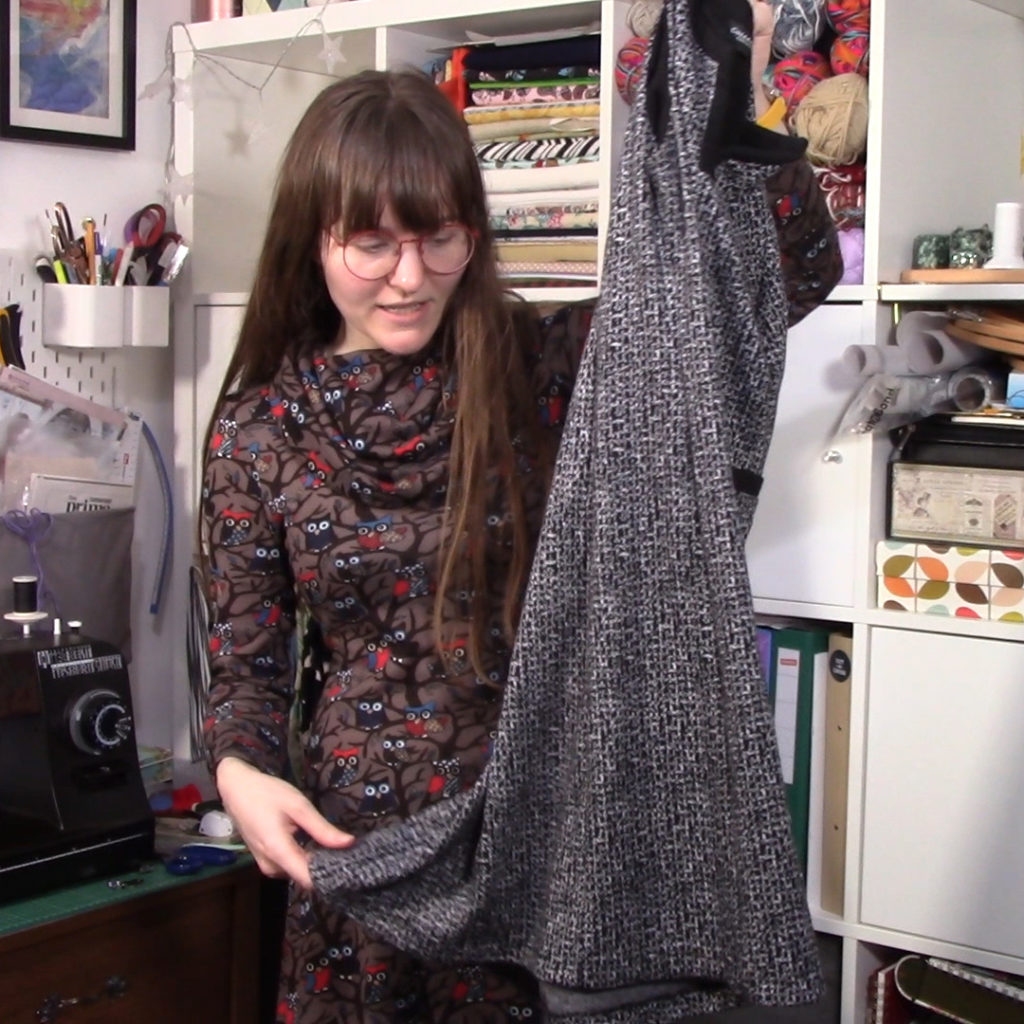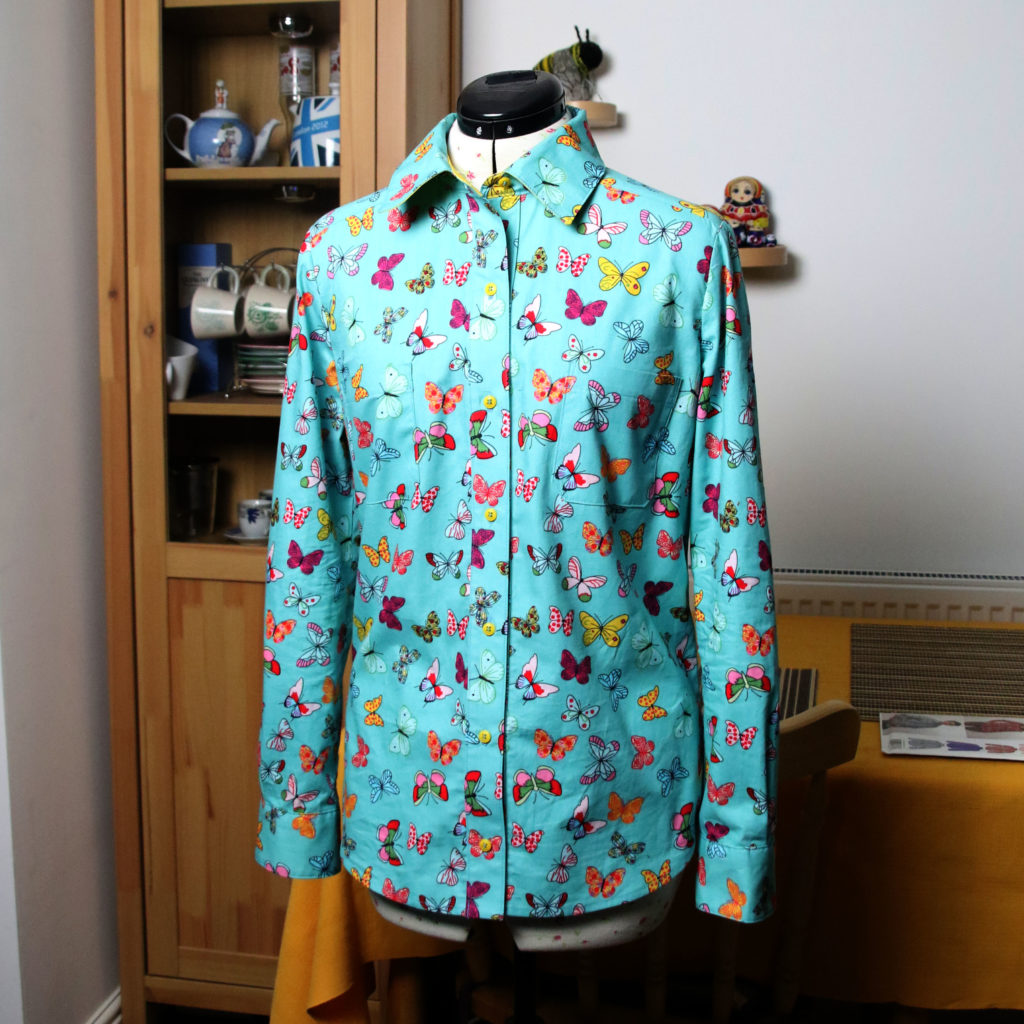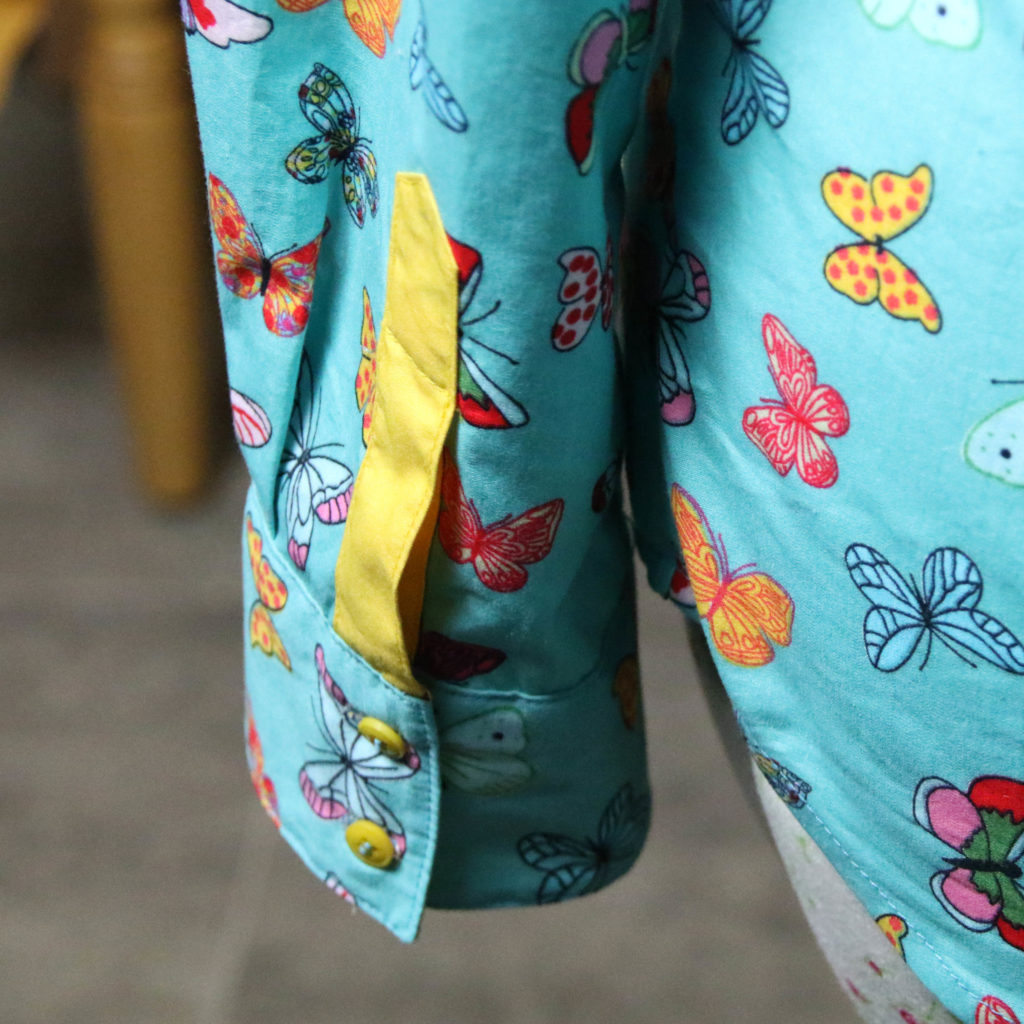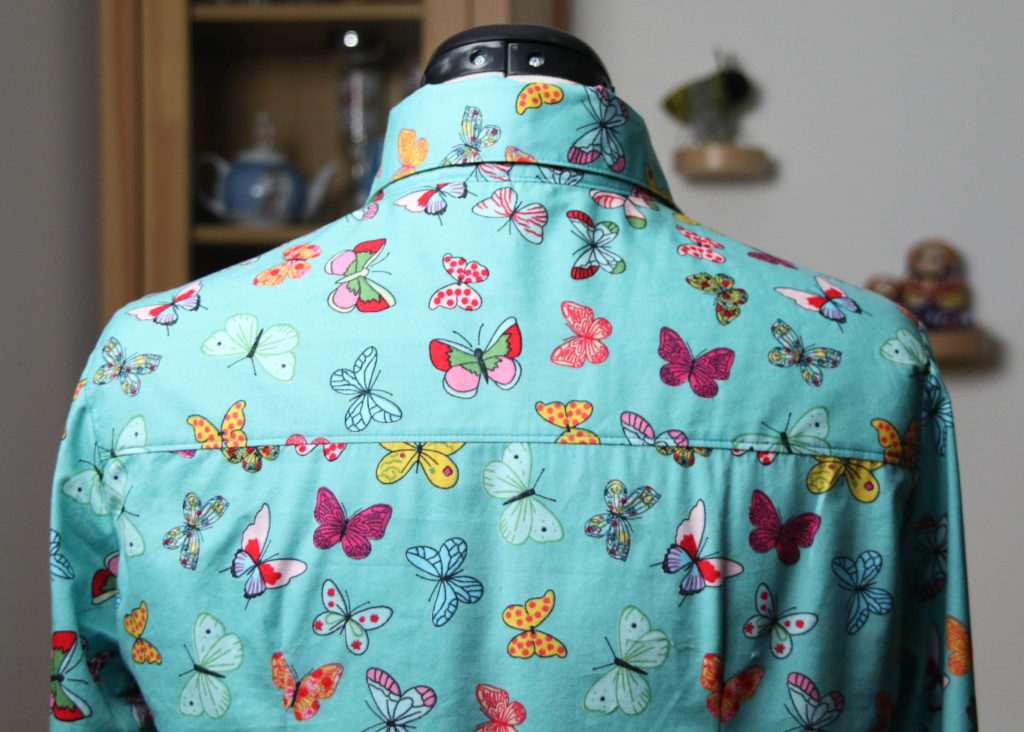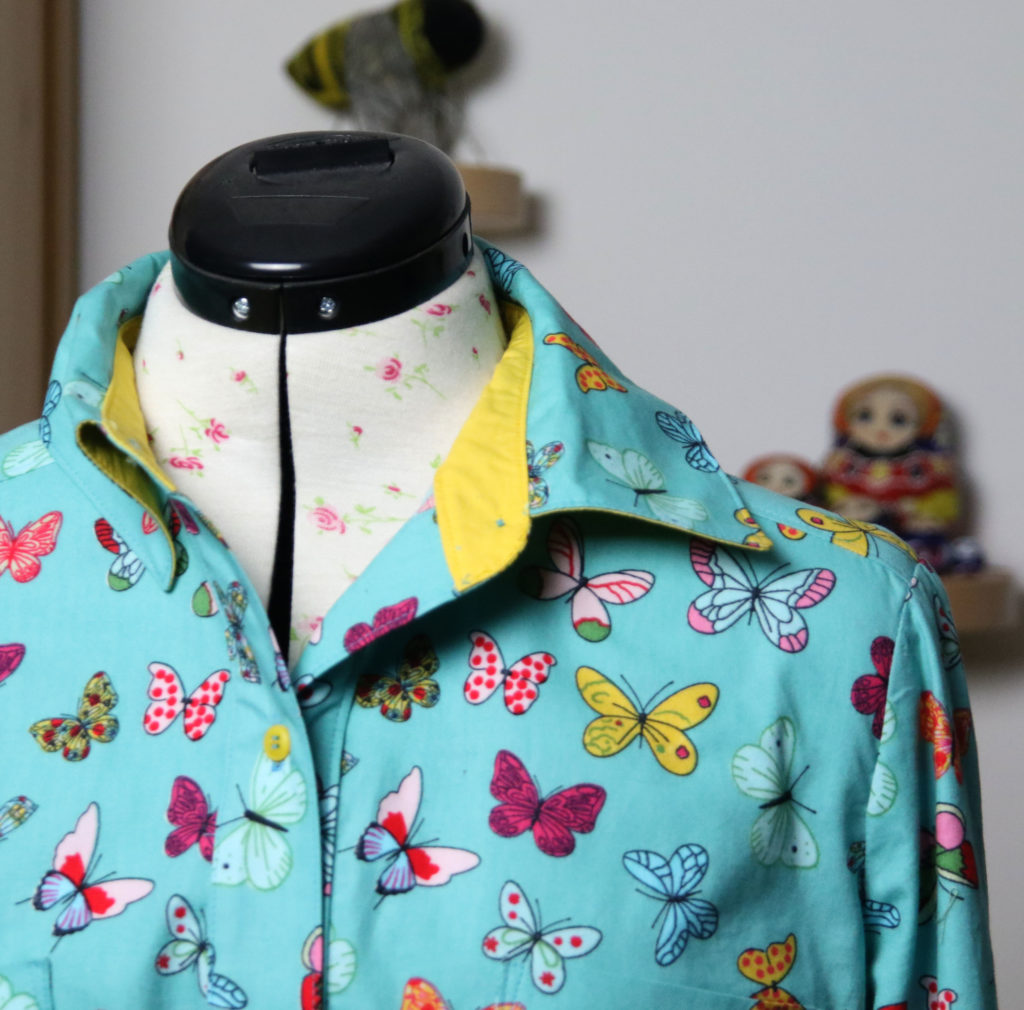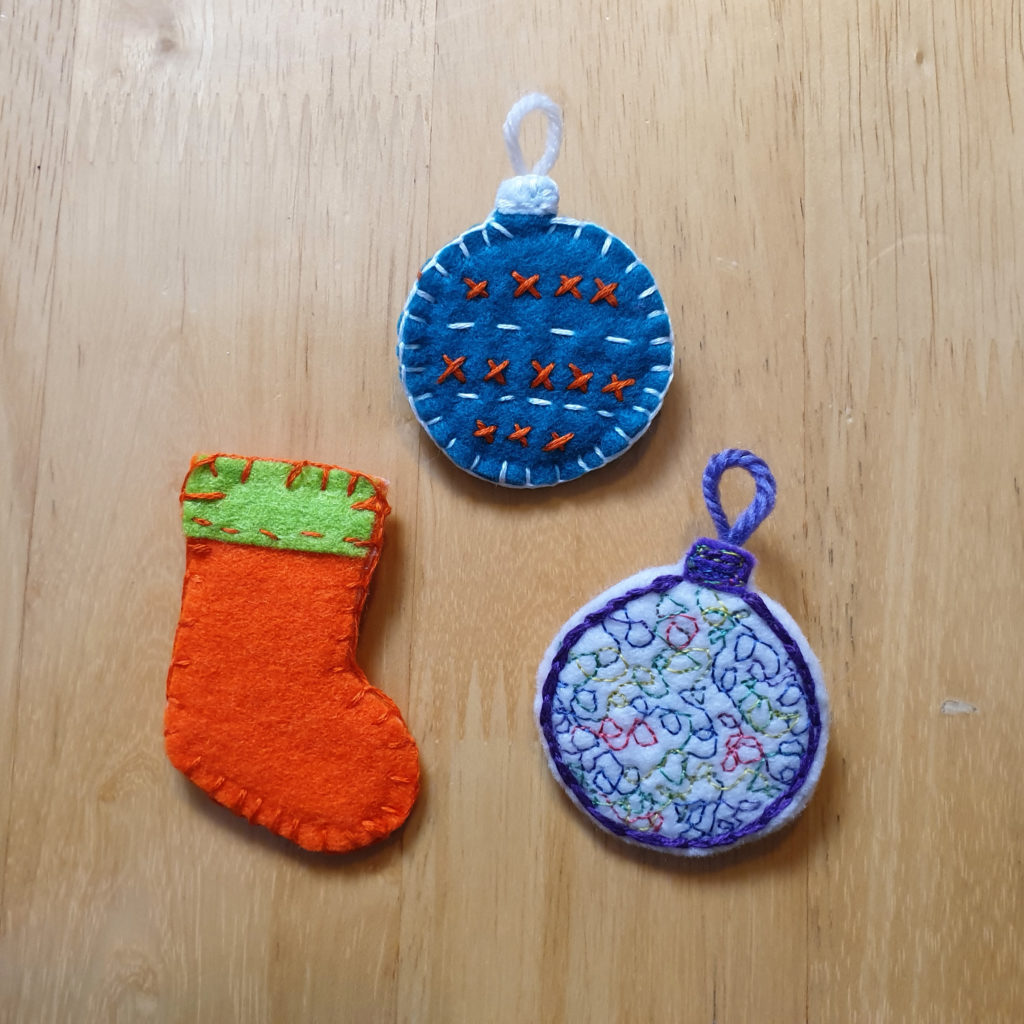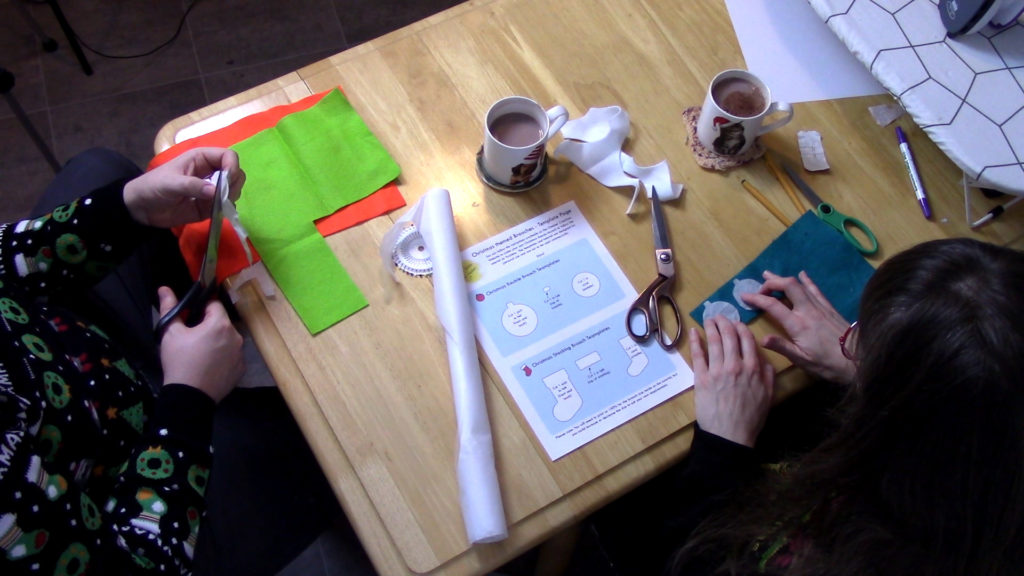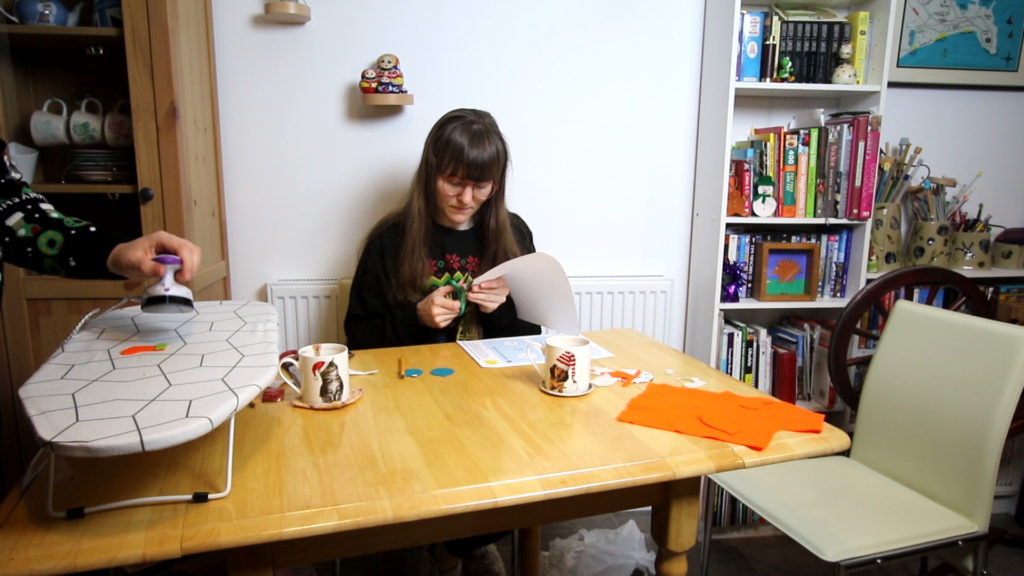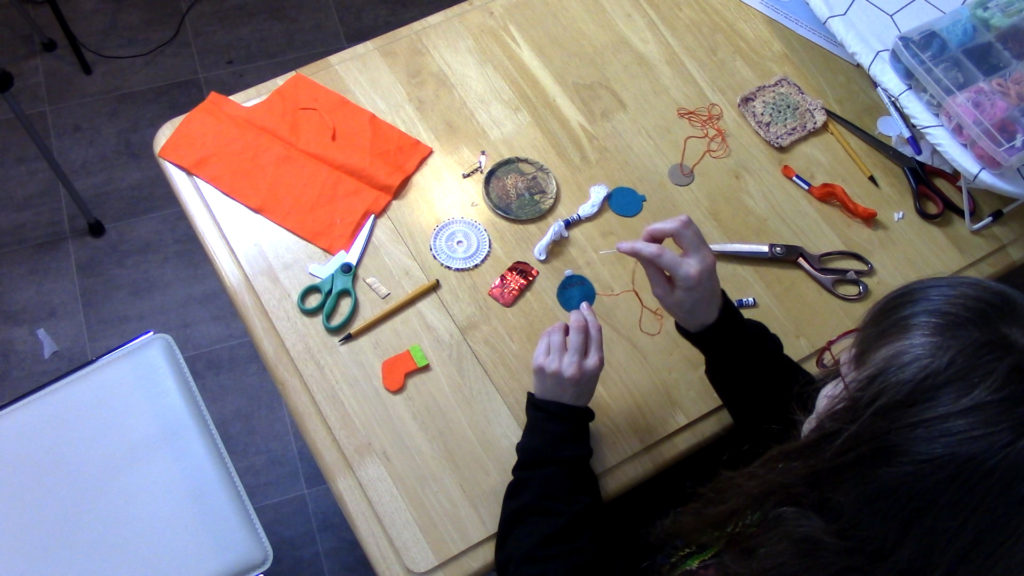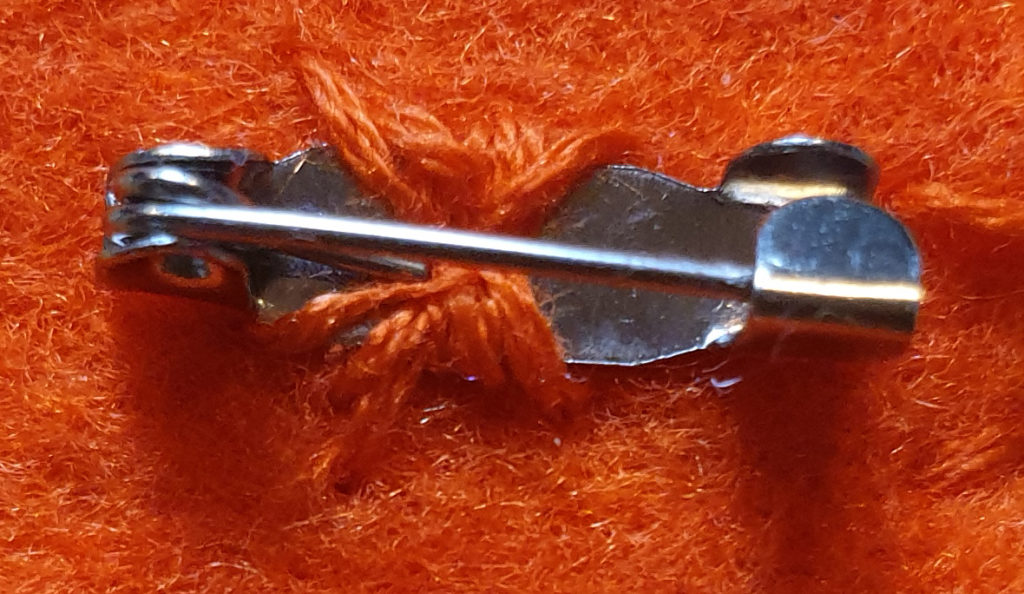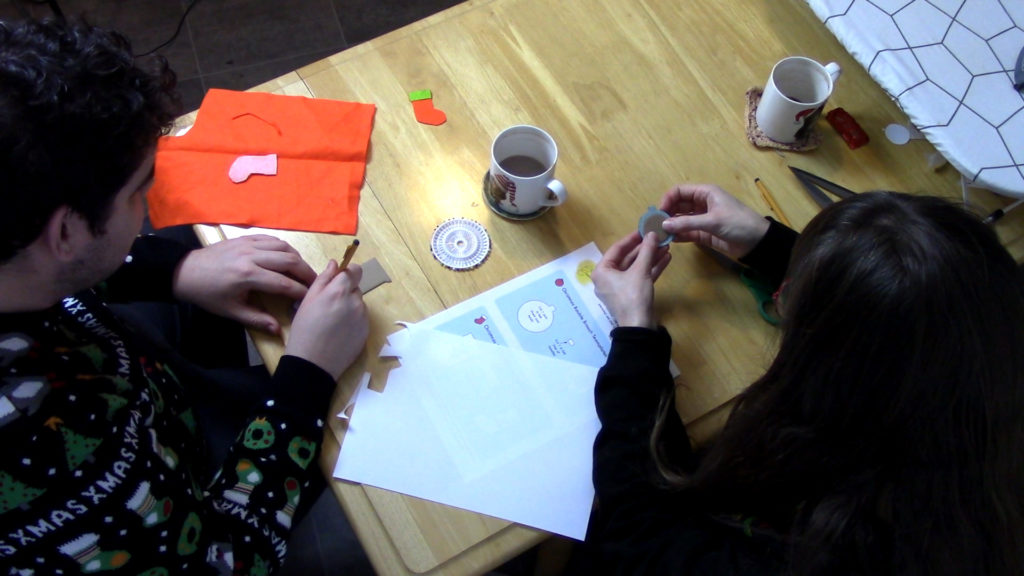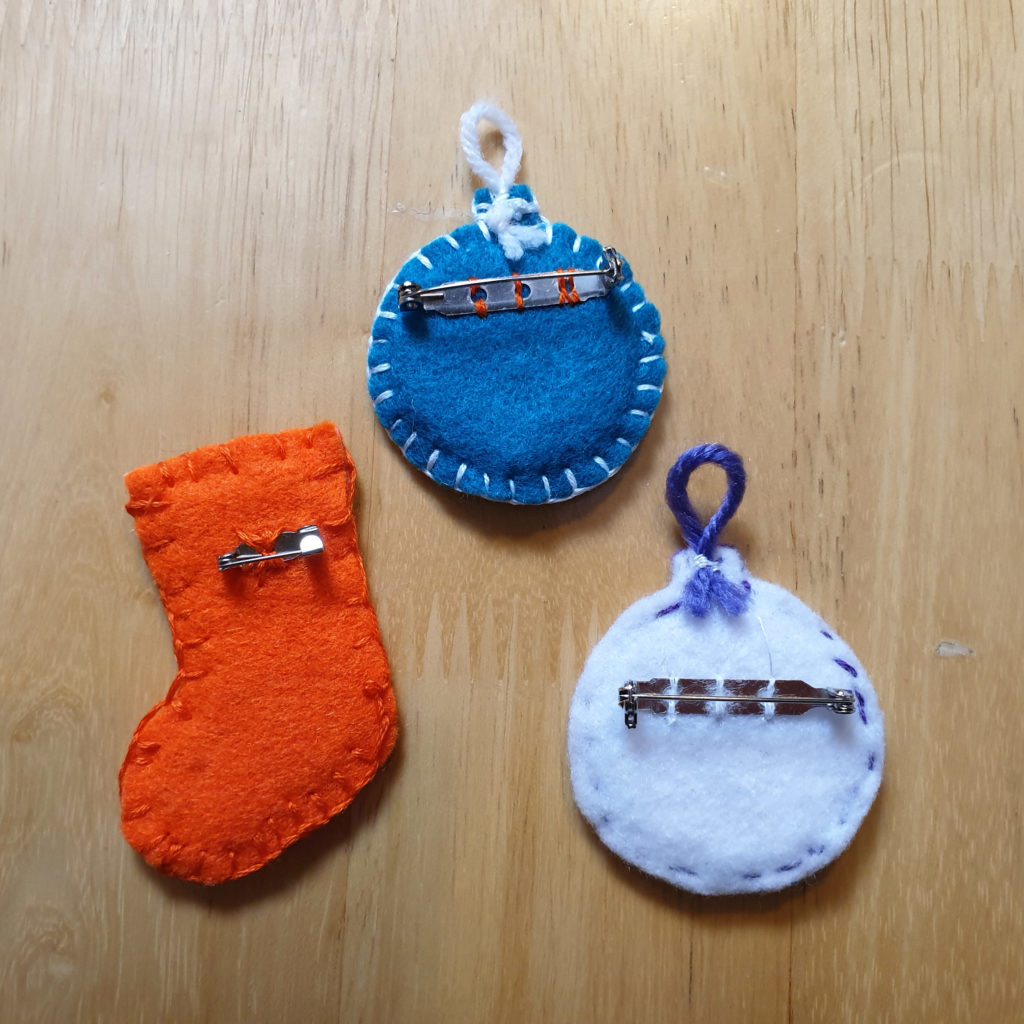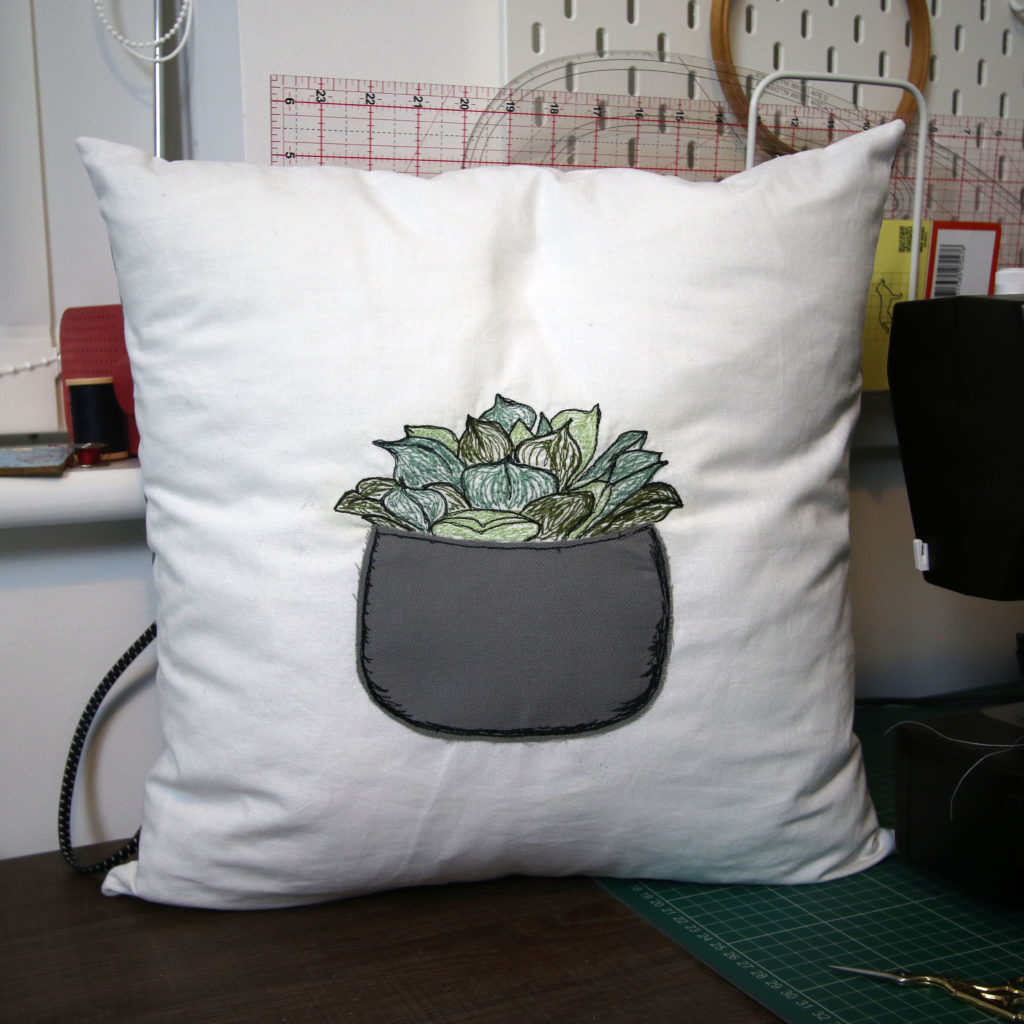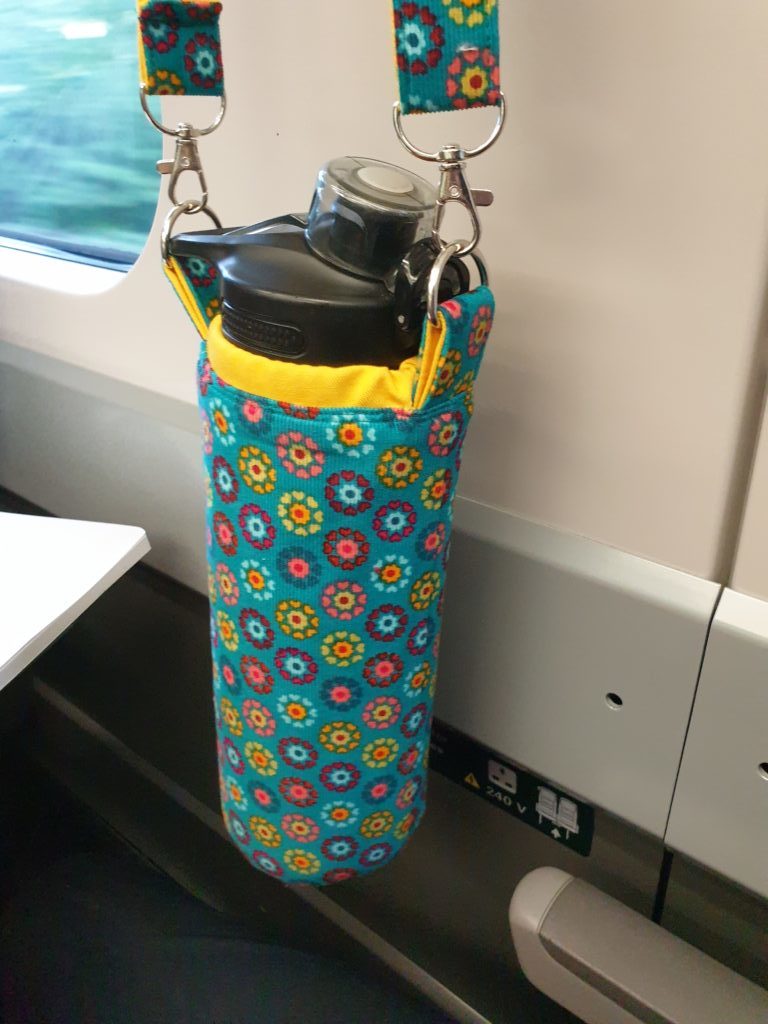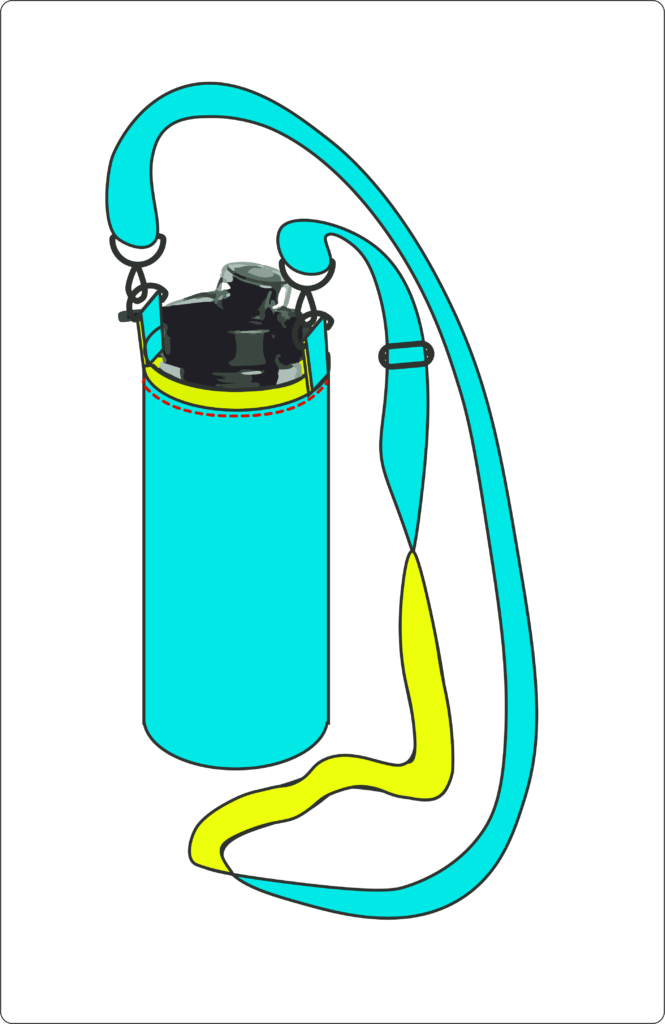Pattern Review: Butterick 5189 Dressing Gown
- Post author:clobbercreations
- Post published:March 1, 2020
- Post category:Dressmaking
- Post comments:0 Comments
Recently I made another of my planned makes for #2020make nine – the dressing gown – as a gift.
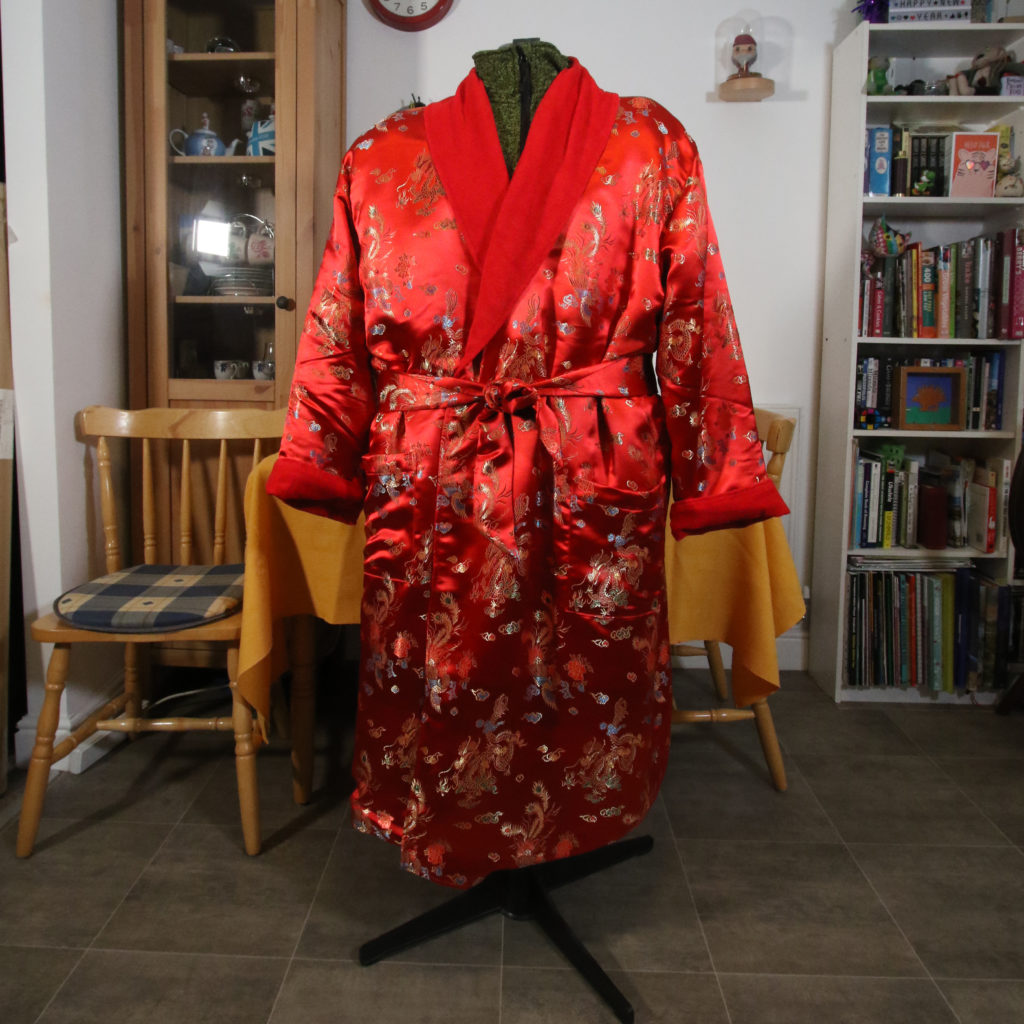
Details
- Pattern Name: 6232
- Variation/style: Dressing Gown
- Design House: Butterick
- Size I made: L
Fabric
The main fabric is a polyester brocade and the lining is a red terry cloth. The brocade is woven and the terry cloth is knit fabric. Both are from Fabricland.
Using a knit and woven was quite challenging as they act very differently to one another, and I would recommend to avoid using them together in a project like this if possible. The terry cloth was happy to stretch away and the blocade was slippery. However, I could not find a towelling fabric I liked and the terry cloth matched the brocade nicely.
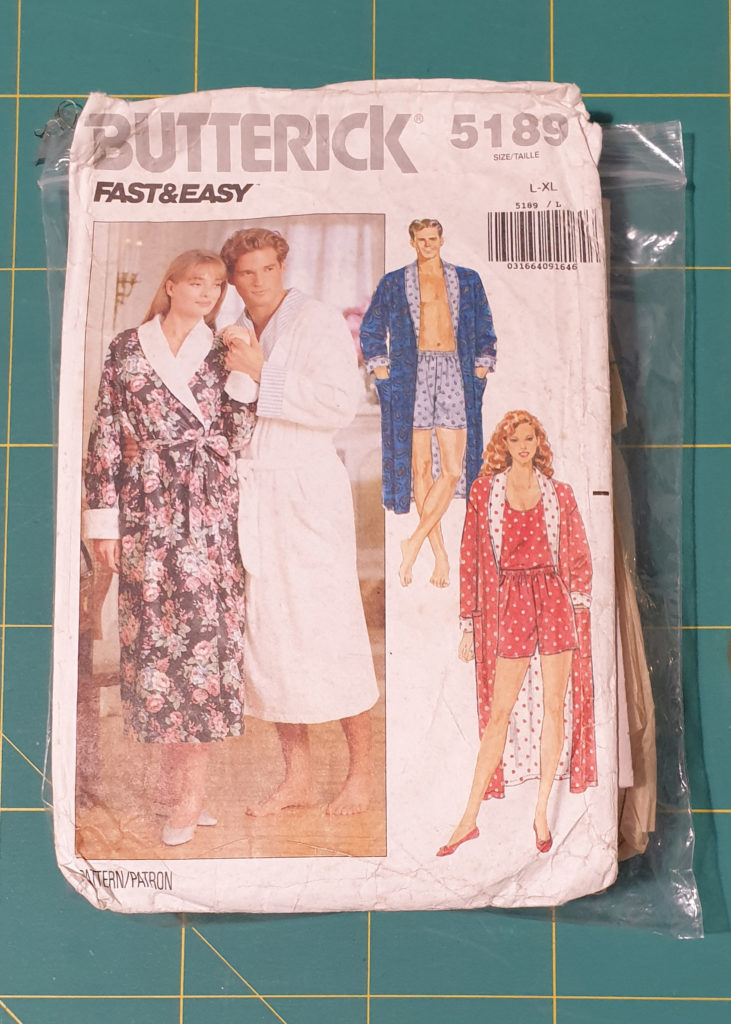
Difficulty
I’d say this is good for a confident beginner pattern-wise but it does depend on the fabric choice. If you use towelling, there is a nap to it to consider (direction of the fabric) and it can be quite thick to sew as well, which can create its own challenges.
However, there are no challenging zips or fastenings. The patch pocket and amount of top stitching may be tricky, but also may not show too much depending on your fabric choice.
Clarity
I found the instructions lovely and clear apart from on how to hem the garment. I ended up leveling off the hem first, then pressing/tacking the hem allowance up, then tacking the lining and main sides together before slip stitching together and finishing off with top stitching.
Design and Fit
It is a relaxed fit so the fit was not too challenging. The main issue has been the hem without the recipient to hand (as it is a gift). I love the idea that it could be reversible. The collar adds definition and the pockets are roomy. It doesn’t have tabs to secure the tie which is a shame, but fairly easy to rectify. It is also difficult to position until you try it on as well to get the position correct. If I ever come across this pattern in my own size, I would be very tempted to make one for myself. (my copy is only L/XL).
Time Taken
I made this over three weeks, but it could be done in a few days or quicker with easier fabrics.
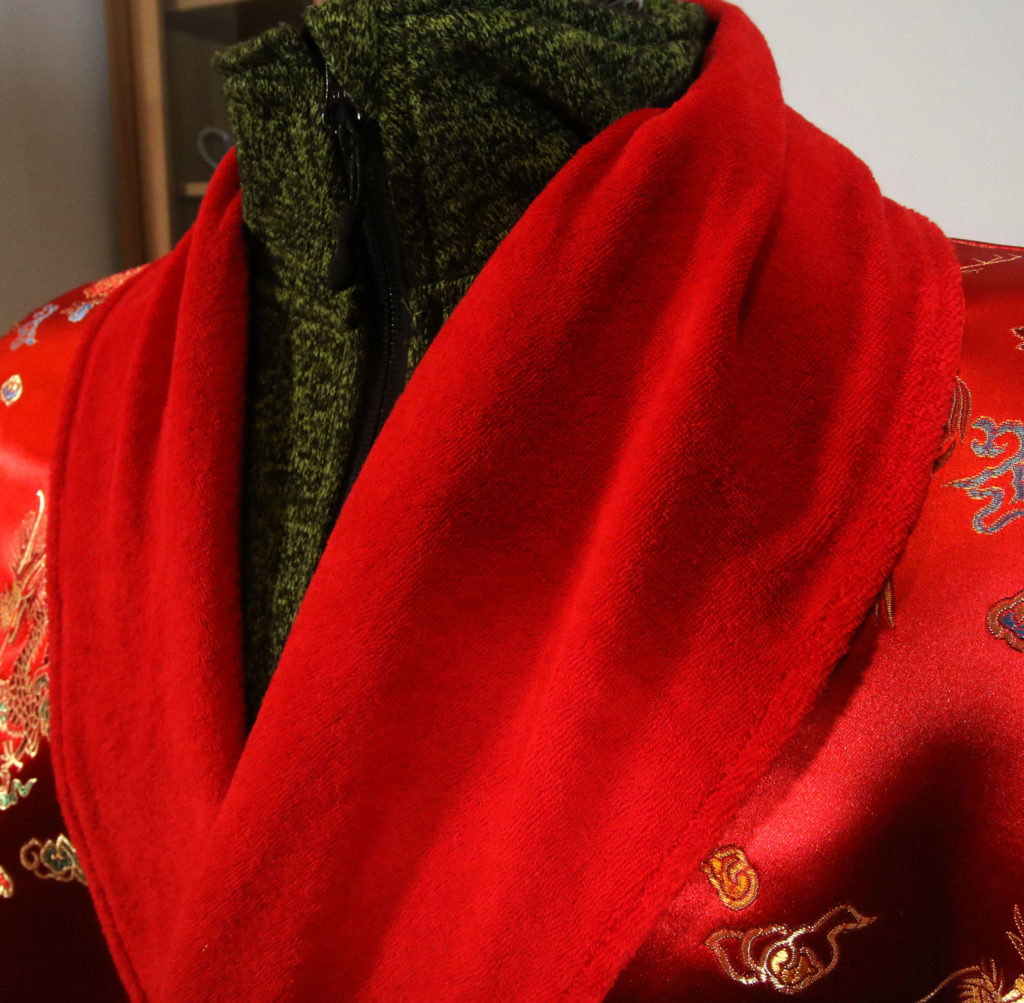
Conclusion
I’ve definitely got my money’s worth with this pattern now. It was a charity shop find to begin with but I have made the PJ shorts a couple of times (which are great too) and this dressing gown was simple to follow and looks great. I would recommend it, and would make it again.
You can watch my video review below:
